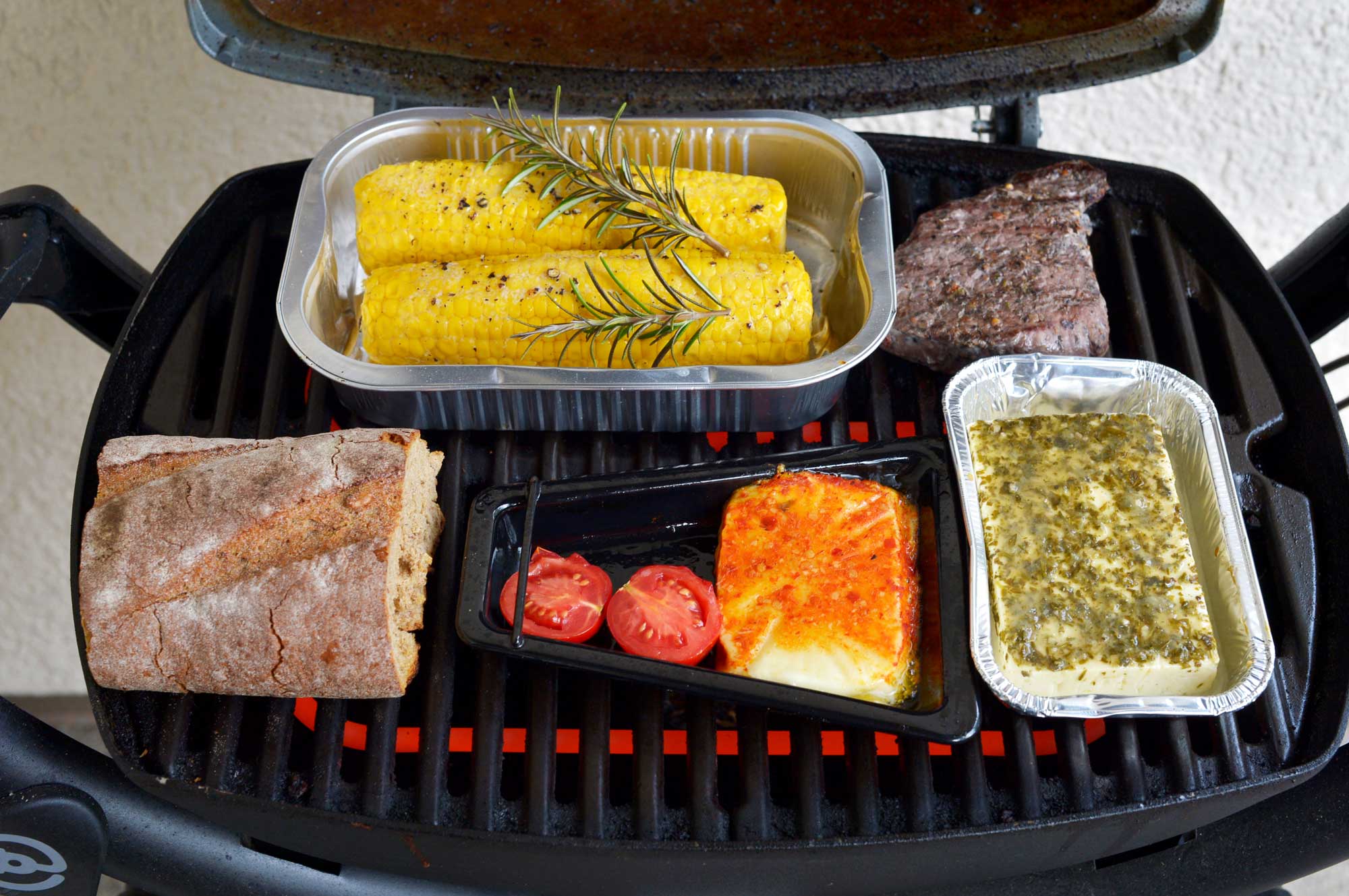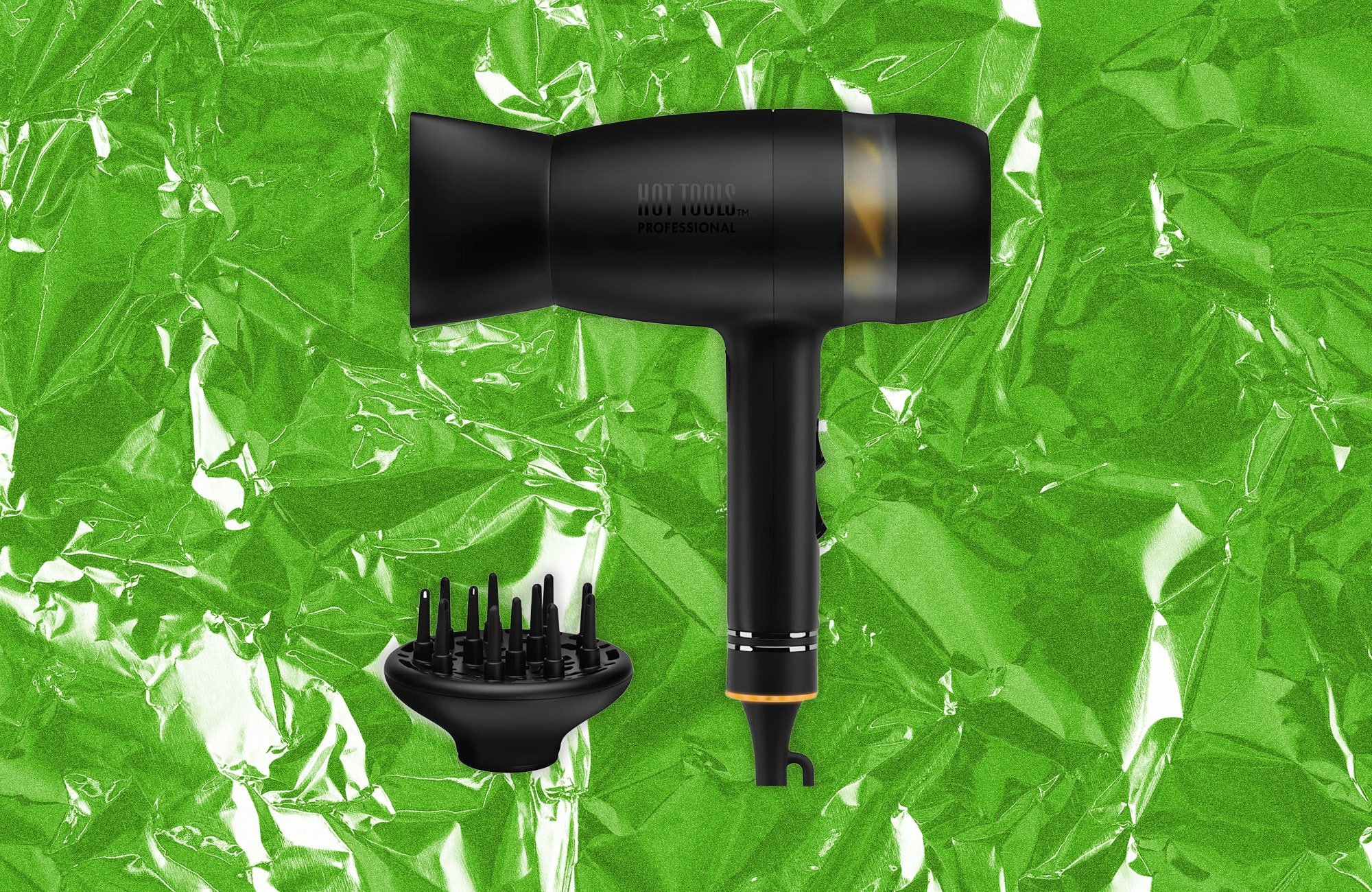
If you buy something using links in our stories, we may earn a commission. This helps support our journalism. Learn more. Please also consider subscribing to WIRED
Electric grills flicker across my embarrassingly specific media consumption list with peculiar regularity. I’ve been fairly effective at ignoring their siren calls, because they haven’t seemed particularly up to the task. In my head they’re small, flimsy, and underpowered things that can’t compete with gas or charcoal grills.
Then I saw a full-size version called the Current Model G Dual Zone Grill and wondered if it might be up to the task.
Electric grills dangle the potential of making propane grills a thing of the past. No more empty tanks and dinnertime runs to the hardware store to refill them. They offer potentially greener energy consumption along with less risk of fires worsened by those tanks and less chance of breaking increasingly conservative insurance-motivated HOA rules.
The Current costs $900 and comes with all sorts of bells and whistles. These lured me in; I’m a sucker for setting a cooking surface to the degree—instead of low, medium, or high—something found on some fancy cooktops but not on charcoal and gas grills. The Current’s ability to heat its surface to a specific temperature felt like a chance for electric grills to set themselves apart. It also had recipes built into an app that I figured would guide users to the right temperatures for whatever they were cooking, allowing them to master the basics quickly.
Amped Up
Readers may notice that I like to review grills when I visit my parents in New Hampshire, as there are often plenty of hungry eaters there. While visiting my folks for a few weeks this summer, I had an assembled Current electric grill delivered to the patio, setting it up right across from Dad’s nice Weber gas grill. That back porch is on the cooler side of the house, and it has two low rocking chairs that are excellent for sipping a cold one and shooting the breeze while making dinner away from the fray. There was even an outlet right where I needed one to plug in the Current.
Dad’s grill ended up being displaced in the setup, and as he walked by the electric he couldn’t help but throw a little shade.
“If you’re looking for something to test, there are some sausages in the fridge,” he said, “and they’re not very good.”
I ignored this, fired it up, and grabbed the pack of sausages and got grilling, until I tripped a breaker. Oh boy, here we go!
It turns out I should’ve read the fine print, as I needed to be plugged into an outlet connected to a 20-amp breaker.
It also turns out the fine print is different depending on which piece of Current’s literature you happen to be reading. One says “a 20 amp breaker and 15 amp outlet,” while the quick-start guide a company rep sent suggests “a 20 amp breaker and 20 amp GFCI outlet.”
The outlet on the lovely porch turned out to be on a 15-amp breaker, and that was that for my preferred spot, so I wheeled the grill to the garage, which had a 20-amp breaker in the the main breaker box. Unfortunately, I learned after throwing the sausages on again that the garage has a subpanel with a 15-amp breaker, and that tripped shortly after I turned the grill on.
I left the Current where it was and made a loop around the exterior of the house, frequently doubling back to the main breaker box to see which outlets were connected to beefy-enough breakers and found a plug on the side of the house that gets extra hot at the end of the day, aka grilling time. I wheeled the grill noisily down to it.
At this point I started texting with my Seattle electrician, Will Gebenini, to figure out how likely it would be that other people with porches and plugs and breaker boxes would have similar issues.
“Well, it’s almost 100 percent likely that they’ll have a 15-amp outlet if the construction is newer build,” he said, “but it’s very hard to predict if the outlet will be on a 15- or 20-amp circuit. Newer codes require an outlet on patios/decks. No code specifies the ampacity of that circuit.”
“So,” I asked, “it’s a crapshoot whether or not your porch will have the right setup?”
“Correct.”
Since you can’t just swap breakers around willy-nilly, this means you might not be able to put a grill like this in the spot you want it, or you might need to call someone like Will to make it happen, at which point your new electric grill goes from expensive to very expensive.
Advanced Degrees
I fired up the Current again, threw those sausages on there again, and it felt like they came out fine, but I had a lot to pay attention to. There is a digital readout on the grill and a bit of a touchscreen, as well as a single knob. (Yay knobs!) There are two grilling zones, so you can also set the temperature for each side of the grill and do a little sizzle sizzle on one side and a little coasting to the finish on the other.
There’s the to-the-degree cooking feature, and that mobile app that connects your phone to the grill—and normally I’d tell you more, but problems started blooming like wildflowers, stealing all of my attention.
Even by moving the grill somewhere inconvenient to meet its electrical needs, heating it up took a long time. Impressively, you can set both sides to heat up to 700 degrees Fahrenheit. Yet on a hot summer’s day in New England, I turned the right burner up to 600 degrees, and after 20 minutes it had barely cleared 450. Even with more patience, it struggled to hit those higher temperatures, and turning it up or down a few notches lacked a propane grill’s nimble responsiveness.
The big problem here is that the larger the grilling surface is on an electric grill, the harder it is to get enough juice to it. On a propane grill, you just turn on another burner. On charcoal, you can add coals or increase airflow. On electric at this size or larger, you can cheat a little, but unless you want to hard-wire it and do some electrical work, you’re mostly just stuck with how it’s designed.
Shop around and you’ll notice manufacturers usually max out at a grilling surfaces you’d associate with what you’d put on a tiny apartment balcony. Weber, who you’d imagine would be all over this, tops out at 242 square inches for its Lumin electric. Weber’s beloved Spirit II two-burner propane is about 360 square inches, which I’d say is where “full-size” starts for grills. Its three-burner model is 424 square inches, just two square inches larger than the Current’s 422 square inches. By keeping the Lumin smaller, Weber has made an electric grill that behaves more like you’d expect.
When I was talking with Will the electrician, he brought up upgrading the heater in the grill. It got me thinking about a burgeoning sector of stovetops and ranges that use battery packs like a sort of turbo boost, supercharging what you can do with a regular plug-and-breaker setup and avoiding the potential sheetrock and electrical work you’d likely need to hard-wire something more powerful.
And while cooking to the degree usually gets me all excited, the way it’s presented here is disorienting. Since there are no markings on the dials for low, medium, and high, what temperature do you set the grates to grill when you’re making burgers? What on this grill is the equivalent of medium-high on a propane grill? Some simple LEDs that progress from blue to yellow to orange to red as you turn the dial would be very helpful. Or just two dials and no touchscreen. Similarly, when I tested the grill in July, the app featured a short and peculiar recipe list. The grill somehow launched in February 2024 with a selection of recipes in the app but none for basic burgers or sausages. What’s a grill for if not those things? As of this writing, the app now has a burger option, but the closest it comes to sausage is brats.
I find design choices like these that impact the successful adoption of a product in a new category mystifying, even maddening. Give us a sense of what temperatures you’ll want to cook at for the most basic food. Make it easy to use. Give each burner a knob, because there’s no faster or better way to adjust temperature. You do not need to both introduce something new and try to be all edgy and revolutionary about it; an electric grill that looked and performed like a propane grill would be plenty.
Will it surprise you after that last paragraph that there is no product manual for this grill?
Dad popped up one evening. He was about to make steaks on his Weber, which had reclaimed its space on the porch. He offered me one to grill on the Current. He knew I was a little frustrated with the machine, and the end result with that ribeye was so inferior that he didn’t even bring it up at dinner.
My problems certainly weren’t for lack of trying. I cooked all kinds of food on there. Salmon and even clams one night came out OK. I went through a whole marinated chicken phase and also just made tons of grilled veggies. In the end, it felt much more like I was baking while getting a bit of searing instead of a sear-forward grilling.
This story was originally conceived to be something like “are we ready for electric grills” and musings about whether they could replace our propane models, enticing us with safety and by not needing refill our tanks. Instead, during my testing period, it became clear that full-size electric grills simply aren’t yet ready for us. If you really want an electric grill, perhaps start small (my editor likes that compact Weber Lumin) while the industry mulls entry into the battery-powered option.
Regardless, if you do take the plunge, check your breakers and read the fine print.




